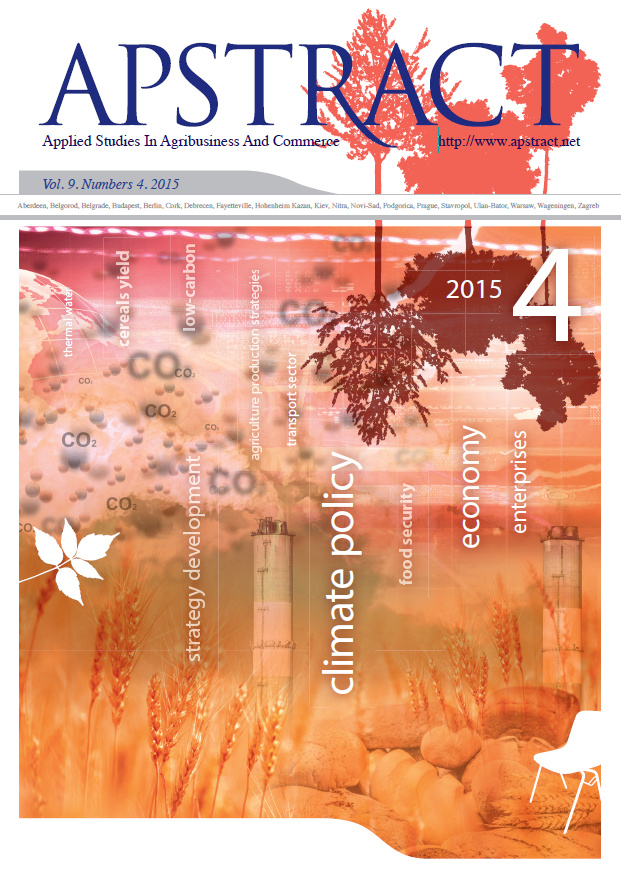Greener cement sector and potential climate strategy development between 2015-2030 (Hungarian case study)
Authors
View
Keywords
How To Cite
Abstract
Advancing the domestic industrial production towards a sustainable, resource-preserving direction can become an important pillar to support competitiveness in the European Union, as well as in Hungary. Reaching the de-carbonization goals for industrial production via lowering the production volume may result in less desirable macro-economic effects, so decisions which concern the industry require a lot of attention from the climate policy as well. In the case of the cement sector, economic actors have to be motivated to make energy-efficiency investments and technology developments, which also show promise in terms of business efficiency. In the more natural-resource-intensive branches of the industry, both innovations and technological developments will be required to reduce the amount of used non-renewable energy resources, keep it in the industrial cycle, and reduce environmental load. The importance of greener cement will be essential in the near future to reduce the sector’s CO2 emission levels. We need to identify more sector branches which relate to sustainability, which can aid the country in establishing long-term competitiveness that points towards the de-carbonization goals. The cost-efficiency aspects of this development process are the most tedious questions in today’s business planning.
JEL classification: Q55


 https://doi.org/10.19041/APSTRACT/2015/4/9
https://doi.org/10.19041/APSTRACT/2015/4/9




